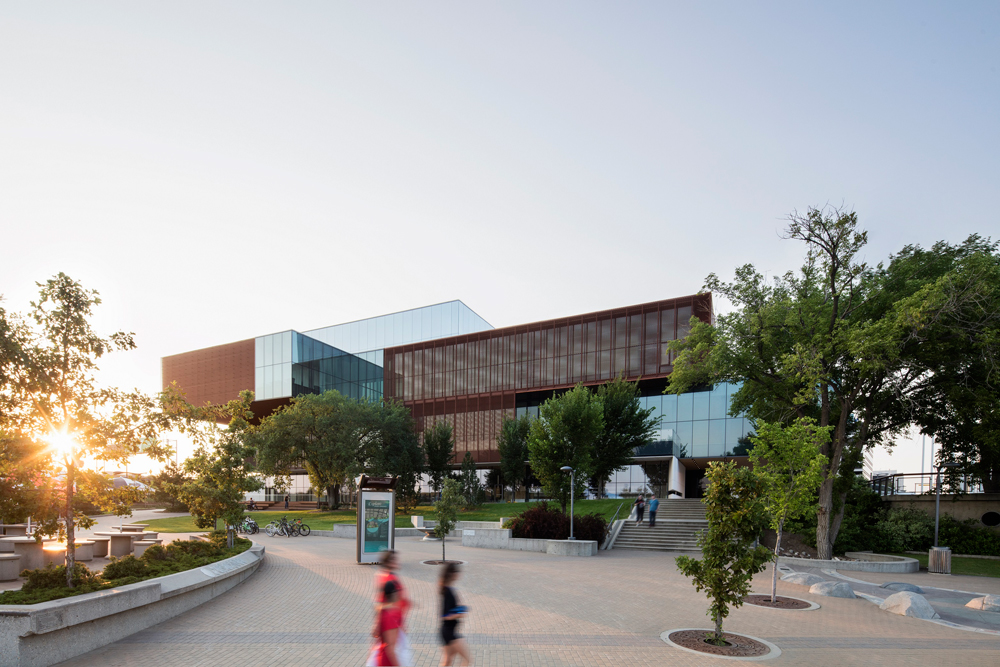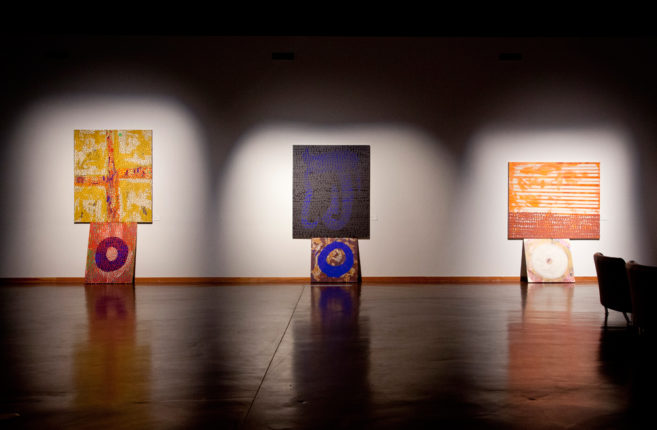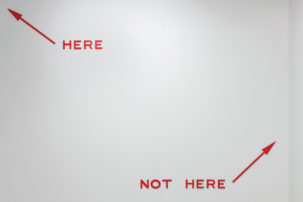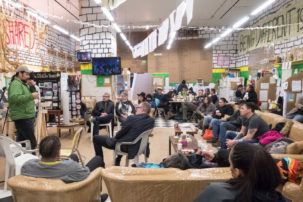By Saskatoon standards, the Remai Modern is a megaproject. And like all megaprojects, it comes with risk.
There are reasons to have concerns about the organization’s sustainability. By 2019, the Remai Modern is supposed to be self-generating $3 million per year. On the eve of its grand opening last weekend, Ellen Remai, the museum’s extraordinarily generous patron, committed to matching eligible donations towards the museum’s operations with up to $1 million annually for the next quarter-century. Yet this still leaves the Remai Modern on the hook for $2 million each year, a difficult sum to raise in a province that is no longer booming.
The good news is that before this commitment—which came along with a second promise of another $1 million for acquisitions every year for the next 25 years, bringing the Remai Foundation’s overall pledges to the new museum to $103 million—the Remai Modern’s failure was almost certain. Now, the museum is simply an extremely risky undertaking.
The museum hopes to see 220,000 visitors per year. That’s more than four times what the Art Gallery of Alberta gets in Edmonton, a city nearly four times the size of Saskatoon. Granted, the AGA’s building is not nearly as new, big or as nice, and they haven’t got millions to spend on acquiring new art. Last year, the Art Gallery of Ontario—with its incomparably larger population base, already-present tourists, vastly larger and better collection, and greater resources for big-draw exhibitions (the AGO’s annual operating budget is at least 10 times larger than the Remai’s)—saw 965,000 visitors. Clearly, the Remai Modern is ambitious—perhaps madly so. Its annual target translates into 700+ visitors per day, every day that the gallery is open.
“But it’s beautiful!” some people tell me, when I voice my concerns. Yes, it is. “I will take out a membership! I can’t wait to go there with my kids!” Yes, me too. “There’s a big hotel going up next door! Tourists will come!” they insist. Every second headline reads “Canada’s Bilbao!”
Let’s think about the tourism thing for a moment, shall we?
First, the idea of the so-called Bilbao effect—that a single art museum can transform a city—is, as architecture and design critic Edwin Heathcote noted in a February 2017 article in Apollo, “a massive oversimplification.” Bilbao was already undergoing a process of major transformation before its signature, titanium-shielded Frank Gehry building, a branch of New York’s Guggenheim Museum, was finished. This included a new metro system, river clean-up, re-investment in the city centre, and more. Likewise, the Remai Modern began as part of an already underway downtown revitalization scheme.
Like the Guggenheim Bilbao, the Remai Modern is conceived in no small part as a tourist draw. It has claimed it will support 292 full-time equivalent jobs, generate $30.4 million in output and $10.4 million in labour earnings annually in its first two years, based on a combination of projected museum expenditures and the museum’s tourism impact.
Is this optimistic? There are no direct flights to Saskatoon from centres like New York or Los Angeles. (It took one of my friends eight hours to travel from Ottawa for the opening.) We are a province of one million people in a territory just a little bit larger than France (or close to 1.3 times larger than Spain). We do not have northern Spain’s enviable climate, population base (there are 2.19 million people in the Basque Country alone), or proximity to other cities, and the Remai does not have the Guggenheim’s collection. Even in 25 years, the Remai Modern’s collection will not match Bilbao’s. Since it opened in 1997, the Spanish museum has spent 92 million euros (roughly $140 million CDN) on acquisitions.
And how great is the Bilbao effect, anyway? As Heathcote notes: “severe poverty has increased in Bilbao since 2000 by 33 per cent and today affects 11.5 per cent of Bilbao households, a figure that is twice the average for the Basque Country as a whole.” While jobs have been created because of tourism to the city, the resulting employment is “characterized by a relatively small number of highly paid managerial jobs and a much larger number of low-paid, unskilled jobs in the service industry.” Saskatoon should be careful about what it wishes for.
On the other hand, Bilbao’s art scene has flourished since the opening of the Bilbao Guggenheim. But this is not because the Gehry spaceship landed. Rather, public officials in the Basque Country understood that if the policy objective was to transform Bilbao into a more art friendly city, art consumption was not enough—it needed to be accompanied by a strong emphasis on art production. Thus, regional and municipal authorities increased their investments in the smaller organizations that were supporting the production and promotion of local artists.
Can we expect this to be the case in Saskatoon? Under Saskatchewan’s current austerity budget, it is unlikely. However, there is always hope for change.
My feeling is that to be sustainable—not just as an organization but also as part of a thriving cultural ecology in Saskatoon—the Remai Modern will need to prioritize its engagement of local communities, including but not limited to local artists and arts organizations. This can and should be very creative, even “cutting-edge” work. To meet their attendance targets and generate the required private investments, the Remai Modern will want a brilliant team of strategists and a focus on public engagement at all levels of the organization.
Are they up for it? So far, the message has been that the Remai Modern puts “belief in art” and its international profile before its belief in the people and communities of Saskatoon. At the opening preview, executive director and CEO Gregory Burke stressed how difficult it had been to find a chief curator whose “commitment to art” came close to matching his own. He and the museum’s director of programs and chief curator, Sandra Guimarães, managed all aspects of the opening show, “Field Guide,” which saw them travelling, mostly out-of-province and abroad, a good deal over the past two years. Granted, it was crucial that this opening succeed, and I believe it has. “Field Guide” is a visually stunning exhibition, a smorgasbord of modern and contemporary artworks that illustrate the curators’ sophisticated tastes and allude to Saskatchewan’s history of engagement with American modernism through the well-known Emma Lake Artists’ Workshops.
Perhaps now Burke, Guimarães, and the board can begin to broaden their focus, and articulate a plan for the Remai Modern’s relationship to the people of our region. Maybe they will spend more time getting to know Saskatchewan communities—and not just communities of people with deep pockets. If this does not interest them—because, who knows, it might not—perhaps they can permit the rest of the museum’s experienced curatorial team to exercise their connections with the place they live. Public engagement is not solely, or even primarily, about exhibiting the work of local artists. It’s about listening to and learning from the values, concerns and histories of the public, and working with that public, in a wide variety of ways, to set direction and co-produce programming.
We don’t need this in year one. People will come in droves to see the new building through 2018. They will pay the $12 admission fee ($10 for students and seniors). We need this for the Remai Modern to continue as a museum, and not a subsidized wedding hall, deeper into Saskatchewan’s uncertain future.
When my friend Franklin Sirmans became director of Pérez Art Museum Miami, he was quoted in the New York Times, explaining why his museum fully embraces its local connections. “We’re here,” he said, referring to Miami, “and we should be able to do ‘here’ better than anybody else.” He used the example of Cuban artist Wifredo Lam, who “used to be relegated to the coat room at MoMA.” In Miami, Sirmans said: “here he’s our Picasso.”
Who is Saskatoon’s Picasso? Currently, at the Remai Modern, well—it is Picasso.
A thorny problem for the Remai Modern is the museum’s relationship to local Indigenous communities. How will reconciliation take place in a museum of modern art? From Paris to Vancouver to São Paulo, modernism was built on a notion of progress that required the cannibalization of Indigenous and Black bodies and cultures. Remai Modern management avoided directly addressing this problem by delegating the curation of an opening installation to Tanya Lukin Linklater and Duane Linklater. Their Determined by the river is a strong concept—some might even call it an institutional critique—with outstanding works by 16 Indigenous artists from the permanent collection, including Saskatoon residents Ruth Cuthand and Lori Blondeau. However, Burke has promised to set “a new course, a new direction, in terms of how we engage with contemporary Indigenous art practices.” Hiring Indigenous guest curators is not enough.
The Remai Modern is a beautiful building, and it has so much potential. But it won’t survive on boosterism and blind optimism. In the end, it’s the people of the Saskatoon region, from all classes and cultural backgrounds, who will make—or break—the project.









